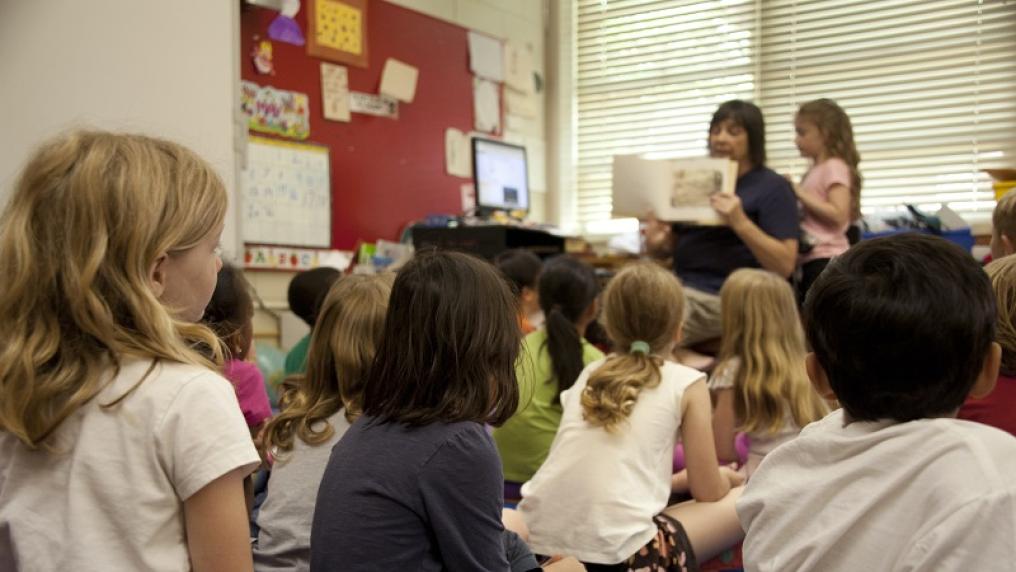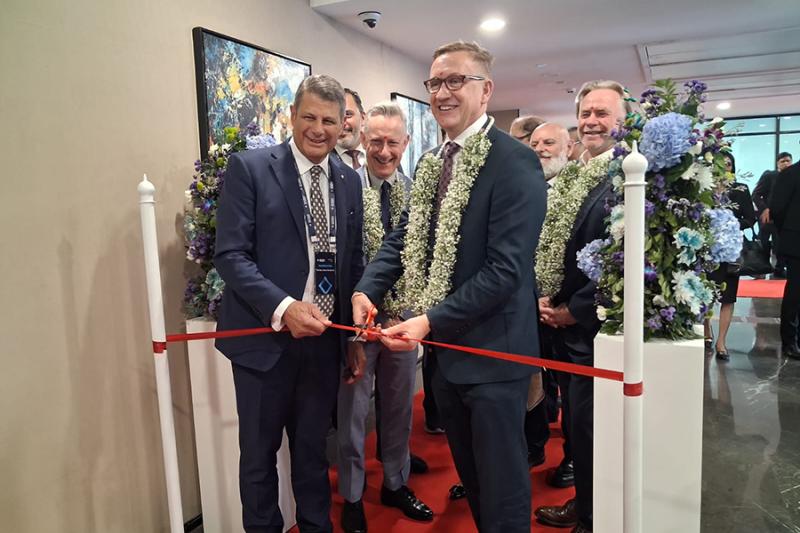Landmark study reveals entrenched educational inequality

Australia’s education system is failing up to one in three children and young people, according to the first major study to assess progress against our current national education goals.
The new report – Educational opportunity in Australia 2020: Who succeeds and who misses out? (PDF, 2.09 MB) – shows large gaps in educational opportunity from early childhood through to adulthood. Students’ postcode and their family’s resources consistently linked to success on key indicators.
It shows gaps in a wide range of critical skills and capabilities from school entry, with Indigenous children, children from low socioeconomic backgrounds, and children in very remote areas at least twice as likely as their peers to have a developmental vulnerability. Too often these gaps grow as students get older, with students not receiving the support they need to catch up to their peers.
The landmark study, prepared by the Centre for International Research on Education Systems (CIRES) for the Mitchell Institute at Victoria University, is the first major study to assess Australia’s performance against the comprehensive educational goals in the Alice Springs (Mparntwe) Declaration.
The Declaration, signed by all Australian education ministers, aspires to an education system that achieves excellence and equity. It commits to supporting all young Australians to become confident and creative individuals, successful lifelong learners, and active and informed citizens.
Educational Opportunity looks at how students are progressing in these areas at four milestones: school entry, the middle years, the senior years of school and early adulthood.
The report shows that despite pockets of excellence, the education system is mired in inequality. It highlights uneven development of skills and capabilities across the population and clearly identifies the groups of young people who are not being well prepared to participate socially, democratically and economically in adulthood.
Key findings
Finding 1 – Where you grow up and your family’s resources strongly influence your access to critical educational opportunities and services from early childhood through to adulthood. Students from socioeconomically disadvantaged backgrounds are less likely than the national average to:
- participate in pre-school (5.5 percentage point gap)
- finish school (14.8 percentage point gap)
- gain or be working towards a post-school qualification (20.2 percentage point gap).
Finding 2 – Indigenous students show high levels of confidence, although the system is failing to address gaps in educational opportunity and academic achievement. Indigenous students are less likely than non-Indigenous students to:
- attend pre-school (6.1 percentage point gap)
- have a Year 12 or equivalent qualification at age 19 (24.9 percentage point gap)
- finish or be studying a post-school qualification at age 24 (30.5 percentage point gap).
Finding 3 – Large gaps in development are evident from school entry and usually widen as children get older, with students not receiving the support they need to catch-up to their peers. Tracking the achievement of a group of students showed the gap in the percentage of low and high socioeconomic status (SES) students above the national minimum standard in reading and numeracy increased from 22.4 percentage points in Year 3 to more than 30 percentage points in Year 9.
Finding 4 – Even before COVID-19 too many students were falling through the cracks during the critical transition between school and the next stage in their lives, a challenge that will be exacerbated by the pandemic. Pre-COVID, the report shows that 15% of all Australian young people are not engaged in any employment, education or training at the age of 24. Rates are much higher among young people from the lowest SES backgrounds (32%), very remote areas (38%), and among Indigenous young people (45%).
Finding 5 – Despite strong foundations in the early years, too many young Australians are not developing into active and informed citizens, an issue of particular significance in the face of the pandemic. Around 85.3 per cent of children in the first year of school display early indications of skills needed to be active and informed citizens, but by early adulthood only around two in three report being active and informed citizens.
The education system is failing those who need it most
The Australian, Opinion
One quarter of Australian 11-12 year olds don’t have the literacy and numeracy skills they need
The Conversation
Educational opportunity in Australia 2015: Who succeeds & who misses out
Report
Counting the costs of lost opportunity in Australian education
Report



